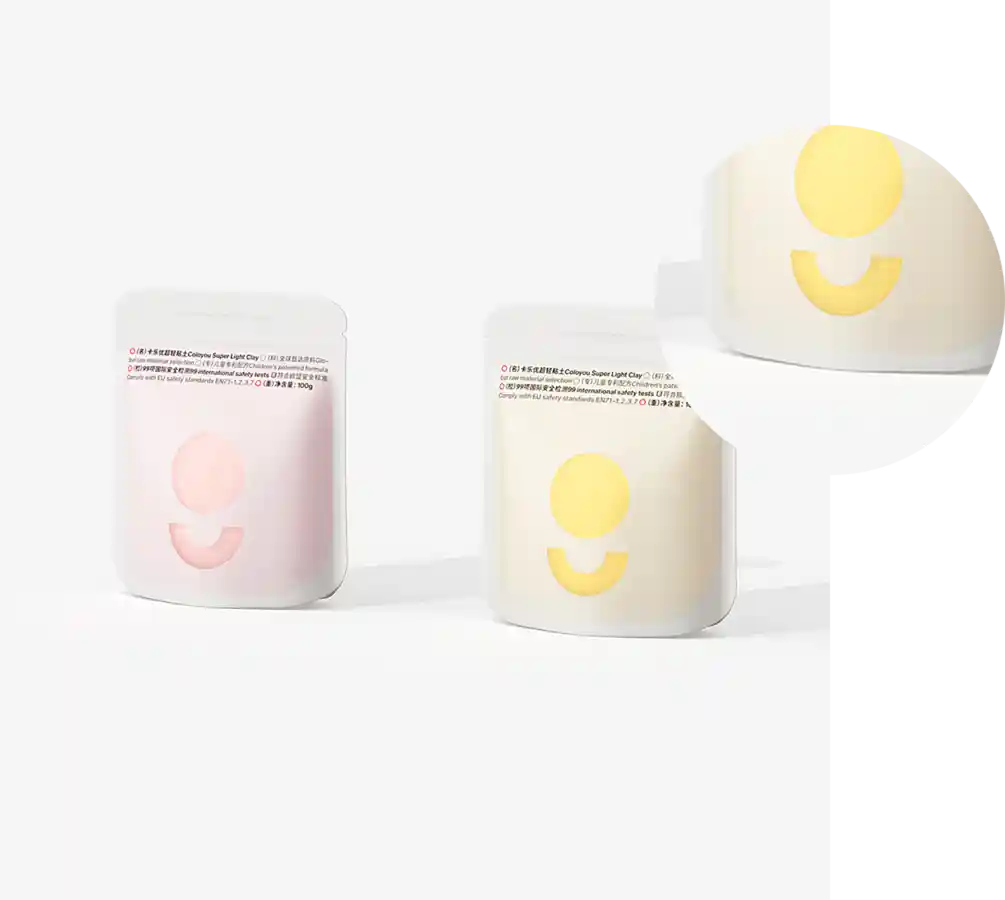- Afrikaans
- Albanian
- Amharic
- Arabic
- Armenian
- Azerbaijani
- Basque
- Belarusian
- Bengali
- Bosnian
- Bulgarian
- Catalan
- Cebuano
- chinese_simplified
- chinese_traditional
- Corsican
- Croatian
- Czech
- Danish
- Dutch
- English
- Esperanto
- Estonian
- Finnish
- French
- Frisian
- Galician
- Georgian
- German
- Greek
- Gujarati
- haitian_creole
- hausa
- hawaiian
- Hebrew
- Hindi
- Miao
- Hungarian
- Icelandic
- igbo
- Indonesian
- irish
- Italian
- Japanese
- Javanese
- Kannada
- kazakh
- Khmer
- Rwandese
- Korean
- Kurdish
- Kyrgyz
- Lao
- Latin
- Latvian
- Lithuanian
- Luxembourgish
- Macedonian
- Malgashi
- Malay
- Malayalam
- Maltese
- Maori
- Marathi
- Mongolian
- Myanmar
- Nepali
- Norwegian
- Norwegian
- Occitan
- Pashto
- Persian
- Polish
- Portuguese
- Punjabi
- Romanian
- Russian
- Samoan
- scottish-gaelic
- Serbian
- Sesotho
- Shona
- Sindhi
- Sinhala
- Slovak
- Slovenian
- Somali
- Spanish
- Sundanese
- Swahili
- Swedish
- Tagalog
- Tajik
- Tamil
- Tatar
- Telugu
- Thai
- Turkish
- Turkmen
- Ukrainian
- Urdu
- Uighur
- Uzbek
- Vietnamese
- Welsh
- Bantu
- Yiddish
- Yoruba
- Zulu
Understanding the Meaning and Uses of PETG in 3D Printing
Understanding PETG What Does PETG Stand For?
In the world of 3D printing and thermoplastic materials, terms and acronyms can often become confusing. One such term that is gaining popularity is PETG. So, what does PETG stand for, and why is it significant in various applications?
PETG is an acronym for Polyethylene Terephthalate Glycol-Modified. To break it down further, let's first understand its components. Polyethylene Terephthalate, commonly known as PET, is a widely used thermoplastic polymer resin of the polyester family. It is primarily recognized for its application in manufacturing bottles and containers due to its strong barrier properties against gases and moisture. The “G” in PETG refers to the glycol modification in the polymer. This modification process enhances the material’s properties, making it suitable for a broader range of applications.
Properties of PETG
PETG holds several advantageous properties that set it apart from other materials like PLA (Polylactic Acid) and ABS (Acrylonitrile Butadiene Styrene). Some of its key characteristics include
1. Durability and Strength Compared to PLA, PETG is more robust and has better impact resistance. This strength makes it ideal for creating functional parts that need to withstand wear and tear over time.
2. Chemical Resistance PETG exhibits excellent resistance to chemicals, making it suitable for use in environments where exposure to various substances might occur, such as in manufacturing processes or outdoor applications.
3. Transparency One of the unique features of PETG is its clarity. It is often used for applications requiring clear parts, such as display cases or protective coverings.
4. Ease of Printing PETG is known for being relatively easy to print with compared to other materials like nylon or certain versions of ABS. It adheres well to the print bed and has less warping, which makes it favorable among hobbyists and professionals alike.
what does petg stand for

5. Flexibility While maintaining a solid structure, PETG has a slight flexibility that can be advantageous in forming applications where some degree of give is necessary.
Applications of PETG
The unique properties of PETG have allowed it to carve out a niche in various industries. Some notable applications include
- Consumer Goods Due to its durability and clarity, PETG is often used in manufacturing bottles, containers, and other packaging materials. It’s also found in items like electronic casings and household goods.
- 3D Printing PETG has become a popular filament choice for 3D printing enthusiasts. Its ease of use and durability make it suitable for creating prototypes, functional parts, and artistic models.
- Medical Devices PETG's chemical resistance and ability to be sterilized make it an option for medical packaging and some types of medical devices.
- Signage and Displays The clarity and strength of PETG are advantageous in creating signage, POP displays, and retail fixtures. This allows for both aesthetic appeal and functional durability.
Conclusion
To sum up, PETG stands for Polyethylene Terephthalate Glycol-Modified, a versatile and robust material that has gained traction across various sectors. Its durability, chemical resistance, ease of printing, and clarity make it an ideal choice for numerous applications, from consumer products to 3D printing. As industries continue to innovate and seek materials that can meet modern demands for efficiency and performance, PETG’s role is likely to expand even further. Whether you're a professional engineer or a hobbyist, understanding PETG and its properties can help you make informed decisions about material selection in your projects.













